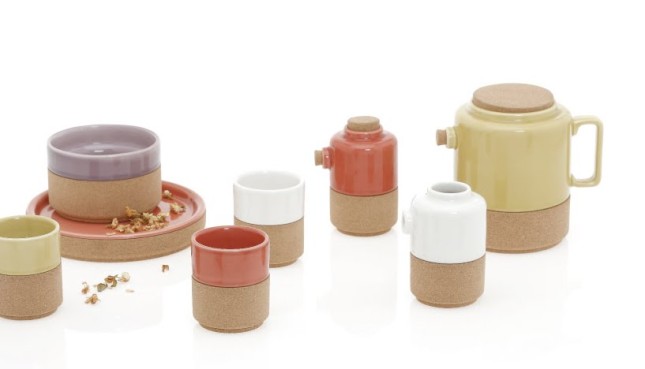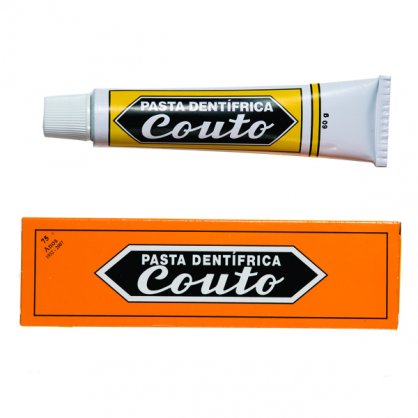Every little step related to sustainability and green living counts, and a contribution can be made even during the journeys. One aspect of being a responsible traveler is choosing sustainable souvenirs. One of the great places to get a sustainable souvenir in Porto is certainly the “Galo Louco”.
“Galo Louco” is a family-owned souvenir shop in the downtown Porto, with a refined choice of authentic Portuguese memorabilia and gourmet products. Even though the main idea of the range of products offered is to be of local origin and aesthetically pleasing, they are also implicitly based on the principles of sustainability.
The shop concept is based upon the ideas of uniqueness and authenticity. Being situated in the downtown Porto, the principle of uniqueness was essential to ensure competitiveness of the shop among many other souvenir shops in the vicinity. The owners also insist on the authenticity of the products – artifacts typical and informative of Portuguese tradition and cultural identity. All the products are thus of Portuguese origin, coming from the various regions of the country. Some of them are mass-produced, others are unique items, hand-made by craftsmen or designed and produced by local designers. Many items come from Porto and its vicinity.

The owners have established cooperation and support to a number of local and regional artists, designers and craftsmen. One aspect of their collaboration is developing new artifacts based on the owners’ ideas.
The owners have already done the statistical analysis of the customer structure for the past three years, showing that only about 65% of the customers were foreigners, while the remaining 35% were Portuguese. Many locals consider “Galo Louco” not just as a souvenir shop (with the main target group being, of course, tourists), but also as their favourite gift shop.
Most of the items are of small dimensions and affordable.
I discovered the “Galo Louco” shop by serendipity during previous (tourist) visits to Porto. Mrs. Carmen, the owner, has kindly answered me a number of questions I had on the history of the place, its concept and the items they have, and thus provided me material for the little project I am developing with a colleague, who is also a foreigner in Porto.
So, the shop was established as a family-run business about 3 years ago, after Mrs. Carmen had to quit her job as a civil engineer. It currently employs two people. A curiosity: the name (that means “crazy rooster”) is a result of a mishearing – originally, the name “Galo Lȗso” (the Lusitanian rooster) was chosen.
How can souvenirs, the artifacts purchased and taken home by travelers for a remembrance of the journey experience, be assessed in terms of sustainability? This is a topic to be developed over the next posts!
Just a hint: I bought a sustainable souvenir there myself, a piece from the Raquel Castro’s collection “Alma Gemea” (“Soulmate”), composed of a ceramic+cork dish, of beautiful shape and pastel colour. And it was not just any cork, it comes from the recycled bottle corks!













